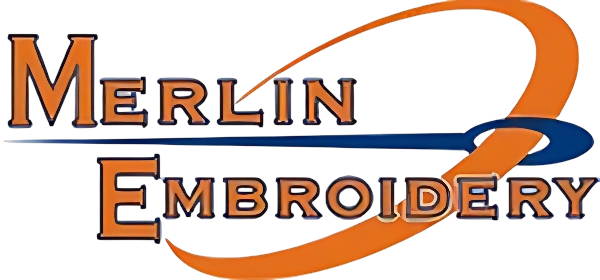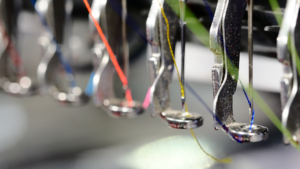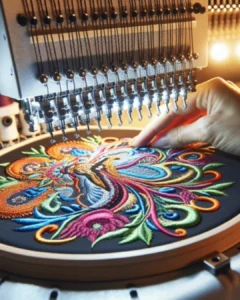The Art Of Detail: How Fine Embroidery Enhances Your Brand’s Image
Have you ever considered how the small details can make a big impact on how your brand is perceived? In today’s competitive market, it’s often the tiny touches that differentiate a memorable brand from a forgettable one. One surprisingly effective way to elevate your brand’s image is through fine embroidery.
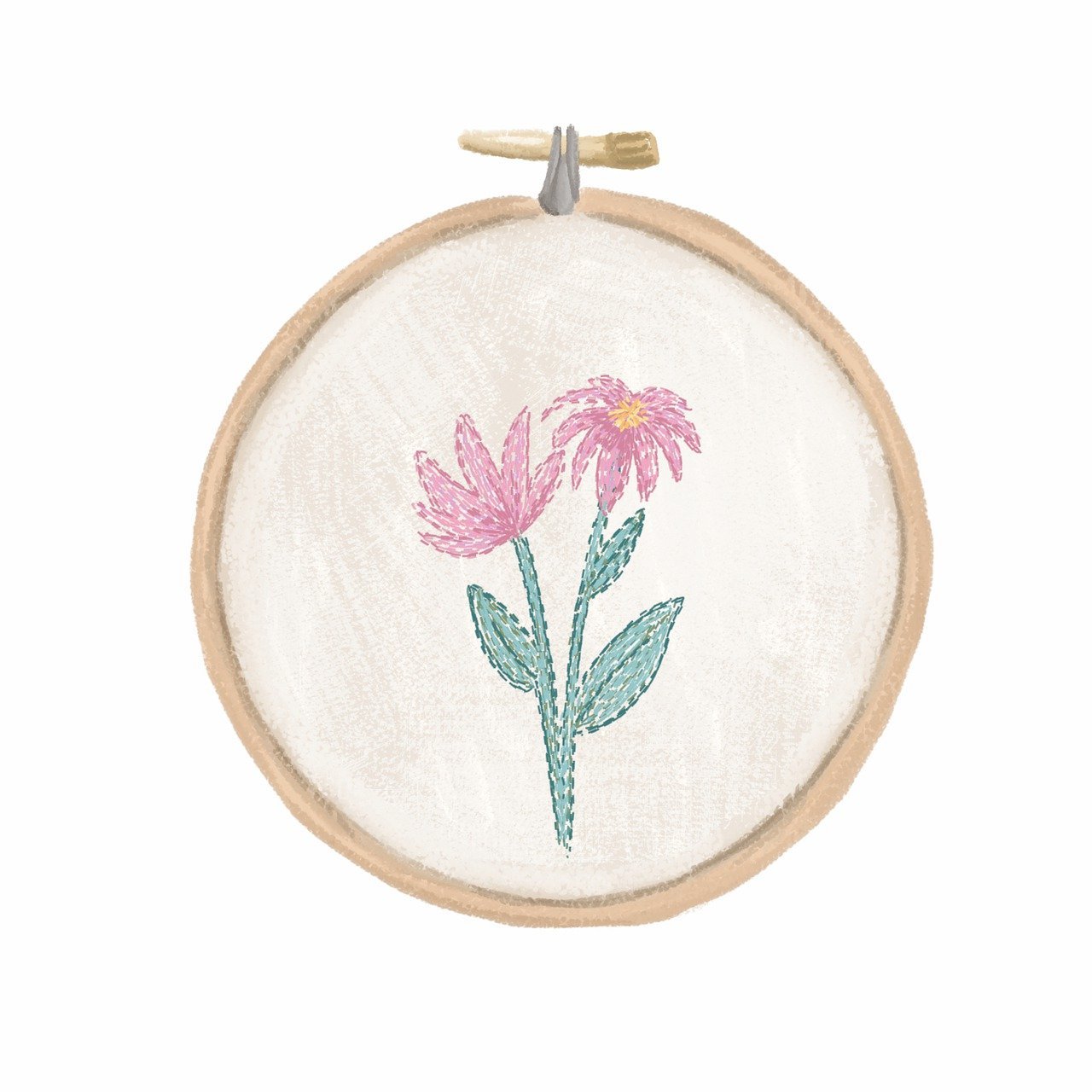
This image is property of pixabay.com.
What is Fine Embroidery?
Fine embroidery is not just about stitching a logo onto fabric; it’s an art form that showcases precision, creativity, and quality. It involves intricate needlework where each stitch is placed with purpose, contributing to a visually stunning result. But how can this fine art help improve your brand’s image?
Historical Significance of Embroidery
Historically, embroidery has been a symbol of luxury and craftsmanship. It was used by royalty and church leaders to signify status and importance. Today, businesses leverage this historical significance to suggest a level of premium quality and attention to detail.
Modern Embroidery Techniques
Advancements in technology have transformed embroidery from a manual, labor-intensive process into a more versatile and accessible branding method. Modern embroidery machines can produce detailed designs with consistent quality, making it a practical option for companies of all sizes.
The Role of Embroidery in Branding
Enhances Perceived Value
Ever noticed how embroidered logos on apparel or accessories appear more luxurious and higher-end? That’s because fine embroidery adds a tactile, three-dimensional element that conveys a sense of permanence and quality. This, in turn, enhances the perceived value of your branded products.
Builds Brand Identity and Recognition
Consistency in branding helps build recognition. When your company logo is intricately embroidered on uniforms, tote bags, or even office supplies, it ensures that your brand is consistently represented across various platforms. This reinforces your brand identity and makes you more memorable to your audience.
Conveys Professionalism
Fine embroidery communicates a level of professionalism that other forms of branding might not. Wearing a garment with an embroidered logo can make employees feel more unified and professional, in turn impressing clients and customers.
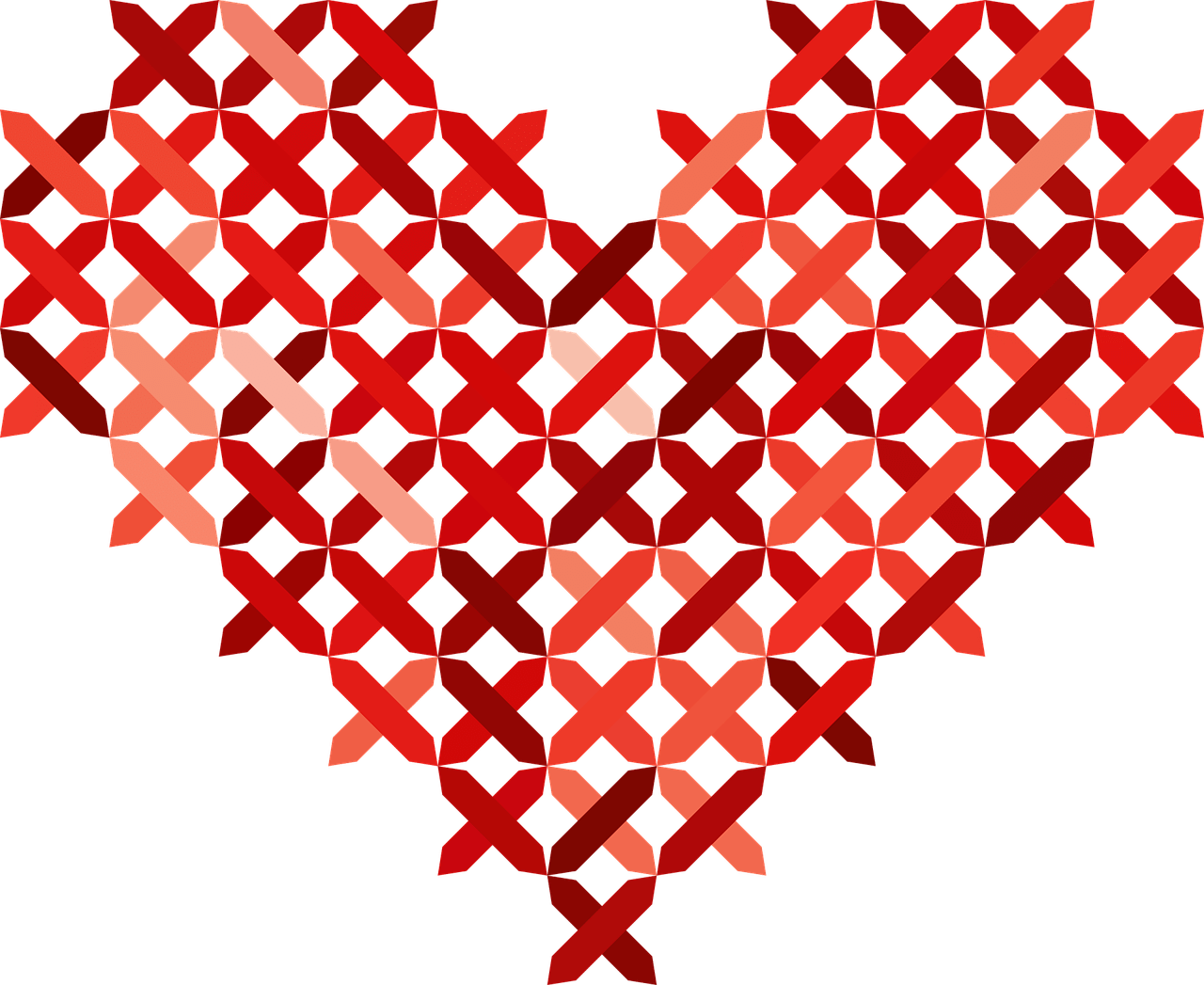
This image is property of pixabay.com.
Applications of Embroidery in Business
Employee Uniforms
One of the most common and effective uses of embroidery is in employee uniforms. high-quality embroidered logos on uniforms can enhance your brand’s image by giving your employees a polished and professional appearance.
Promotional Merchandise
Who doesn’t like a freebie? Embroidered items like caps, bags, and jackets are highly sought-after promotional giveaways that people are likely to use, thus providing ongoing visibility for your brand.
Corporate Gifting
Gifting items such as embroidered towels, robes, or office supplies to clients and partners can create a lasting impression. These items express thoughtfulness and attention to detail, reflecting well on your company.
Choosing the Right Embroidery for Your Brand
Selecting Quality Materials
The quality of the fabric and thread used in your embroidery can significantly affect the outcome. Be sure to choose materials that resonate with your brand’s image and values. For instance, organic cotton might be a good choice for an eco-friendly brand.
Exploring Design Options
Custom designs provide the opportunity for your creativity to shine. Work closely with a professional designer to develop embroidery patterns that capture the essence of your brand. Consider elements like color, scale, and placement to make your design as effective as possible.
Partnering with Skilled Embroiderers
Not all embroiderers are created equal. It’s crucial to work with a reputable company that specializes in fine embroidery. An experienced embroiderer will ensure that your design translates well to fabric and that the final product meets your expectations.
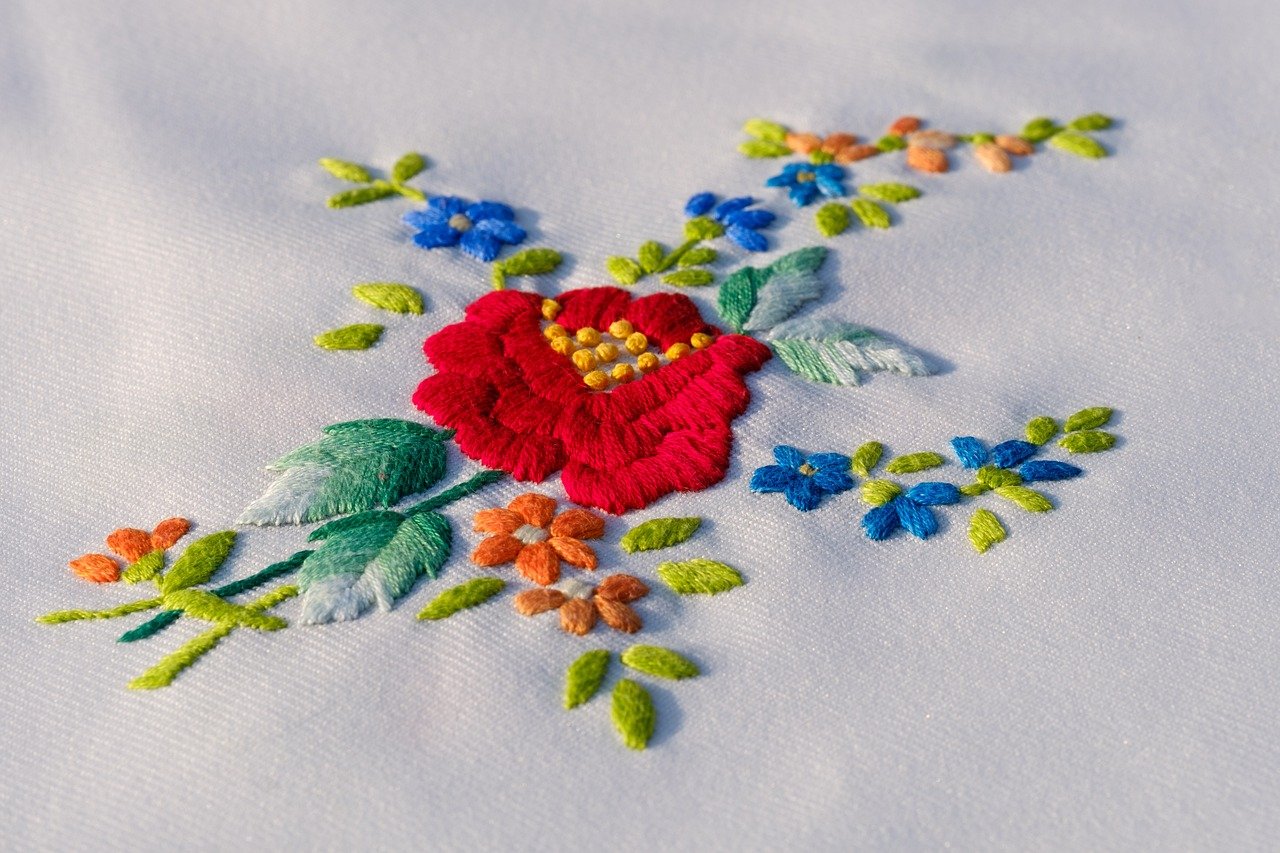
This image is property of pixabay.com.
The Technical Side of Embroidery
Types of Stitches
Understanding the types of stitches available can help you decide which is best for your needs:
| Stitch Type | Description | Best For |
|---|---|---|
| Satin Stitch | Smooth, shiny stitch often used for lettering and borders | Logos, Monograms |
| Fill Stitch | Dense, textured stitch used for larger areas | Backgrounds, Solid Shapes |
| Running Stitch | Simple, dotted-line effect | Outlines, Minimalist Designs |
| French Knot | Small, raised knots creating a textured look | Decorative Elements, Dots |
Thread Types
Different threads can offer varied appearances and durability levels. Consider the following options:
| Thread Type | Description | Best For |
|---|---|---|
| Polyester Thread | Durable, colorfast thread ideal for everyday use | Uniforms, High-Wear Items |
| Rayon Thread | Smooth, lustrous thread providing a luxurious finish | Corporate Gifts, High-Detail Designs |
| Cotton Thread | Natural, matte-finish thread suitable for eco-friendly applications | Green/Organic Products |
| Metallic Thread | Shiny, reflective thread adding a glamorous touch | Special Occasions, High-Visibility Items |
Embroidery vs. Other Branding Techniques
Embroidery vs. Printing
While both embroidery and printing have their merits, they offer different benefits. Printing is generally quicker and cheaper, making it ideal for larger quantities. However, embroidery provides a more luxurious and durable finish, making it better suited for high-quality or limited-edition items.
Embroidery vs. Embossing
Embossing adds a tactile element to paper products like business cards and brochures. However, it’s often not suitable for textiles. Embroidery, on the other hand, can be used on a variety of fabrics, making it more versatile for apparel and accessories.
Cost-Effectiveness
At first glance, embroidery might seem more expensive. But considering its durability and premium appearance, it often offers better long-term value. High-quality embroidered items can last for years, ensuring your brand remains visible for a long time.
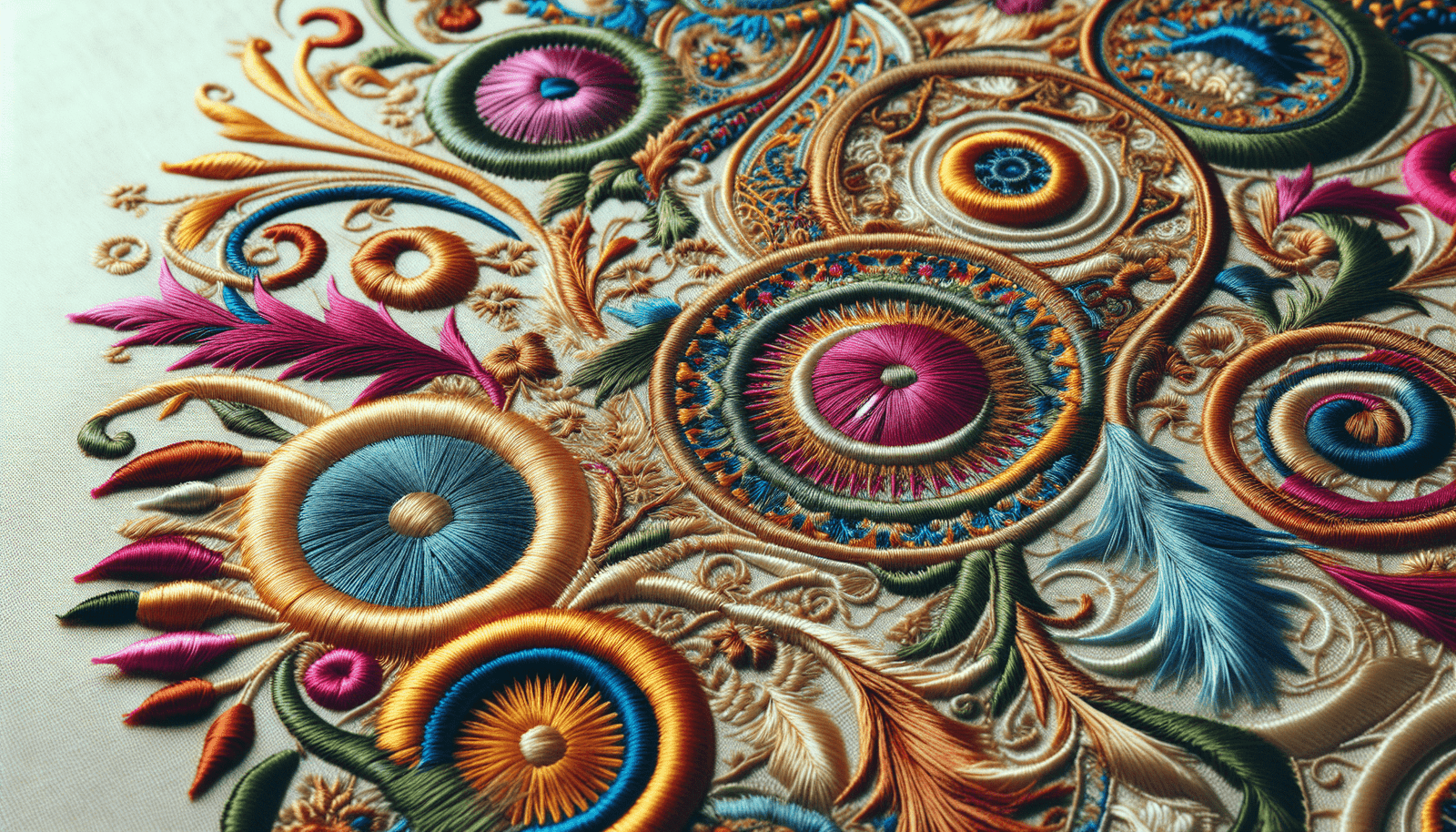
Case Studies of Successful Embroidery Branding
Nike’s Embroidered Swoosh
Nike’s embroidered swoosh is instantly recognizable and has become a status symbol in the world of sports and fashion. The simplicity and precision of the embroidery contribute to the brand’s strong, high-quality image.
The Ritz-Carlton’s Embroidered Linens
Luxury hotel chains like The Ritz-Carlton use fine embroidery on linens and robes to enhance their guests’ experience. These embroidered details convey a sense of luxury and attention to detail, aligning perfectly with the brand’s reputation for premium quality.
Local Small Businesses
Even small businesses can leverage fine embroidery to stand out. Local bakeries, salons, or coffee shops often use embroidered aprons, hats, or uniforms to foster a sense of community and brand loyalty among customers.
Tips for Maintaining Embroidered Items
Proper Washing Techniques
To maintain the quality of embroidered items, it’s essential to follow proper washing techniques. Use mild detergents and avoid high-heat settings to preserve the fabric and thread.
Storing Embroidered Goods
Store embroidered items in a cool, dry place to avoid damage. Consider using garment bags for added protection against dust and moisture.
Regular Inspections
Regular inspections can help you identify and address any wear and tear early on. This ensures that your embroidered items continue to represent your brand well over time.
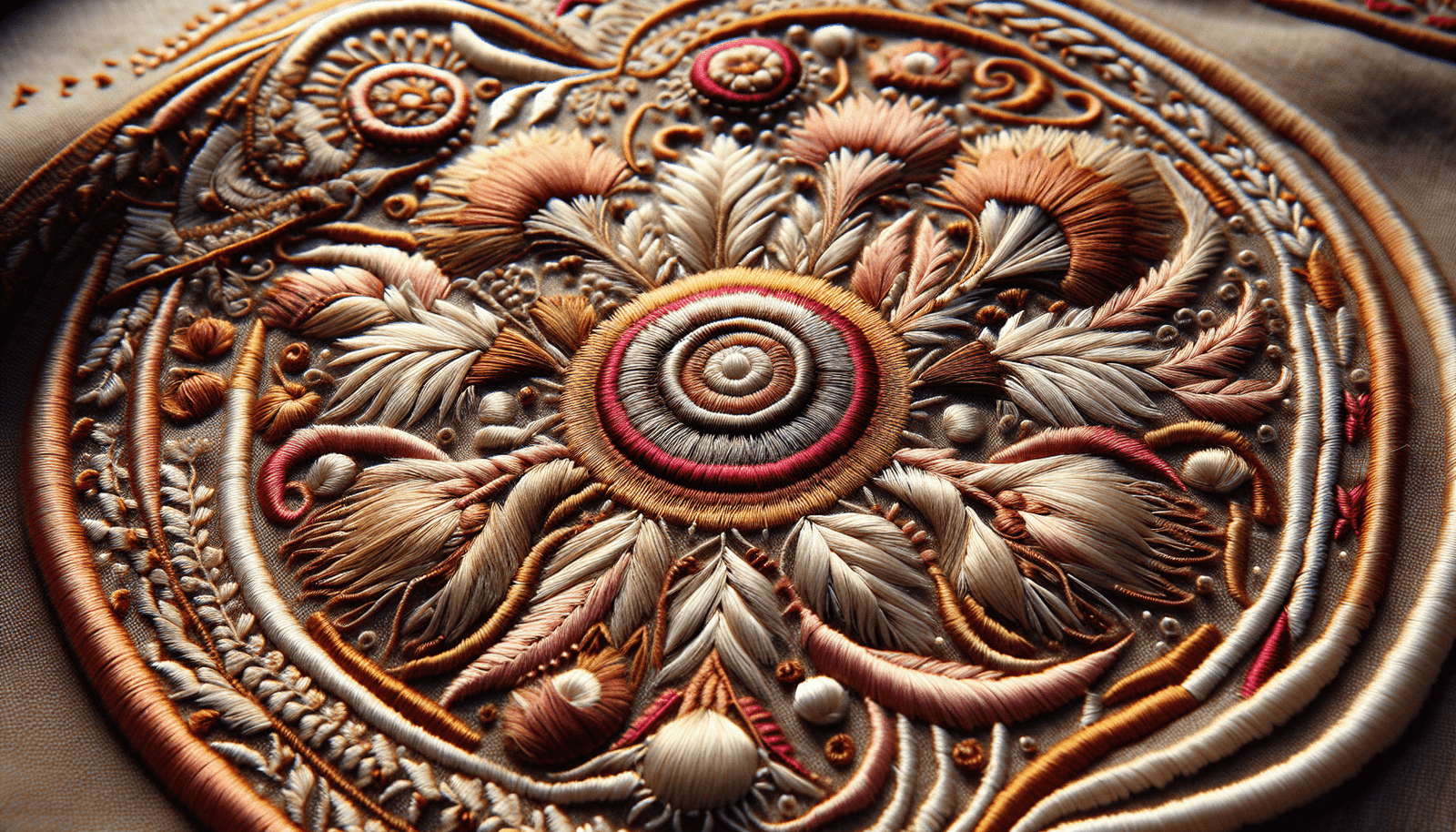
How to Measure the Impact of Embroidery on Your Brand
Customer Feedback
Customer feedback can offer valuable insights into the effectiveness of your embroidered products. Are customers noticing and appreciating the fine details? Positive feedback can affirm that the investment is paying off.
Employee Opinions
Don’t overlook the opinions of your employees. They are often the first ambassadors of your brand, and their comfort and satisfaction with embroidered uniforms can provide useful data.
Sales Data
Sales data and repeat business are excellent indicators of your branding efforts’ success. Track which embroidered items are performing well and consider any correlations with increased customer loyalty or new client acquisition.
Future Trends in Embroidery
Sustainable Embroidery
With a growing focus on sustainability, many companies are opting for eco-friendly materials and processes. Organic threads and dyes are becoming increasingly popular, aligning with broader corporate social responsibility efforts.
Innovative Technologies
Emerging technologies, such as 3D embroidery and smart fabrics, are pushing the boundaries of what’s possible. As these technologies become more mainstream, they offer new opportunities for branding innovation.
Personalized Embroidery
Customization remains a strong trend. Companies are increasingly offering personalized embroidered products to cater to individual customer preferences, enhancing customer satisfaction and loyalty.
Conclusion
In an era where branding is more crucial than ever, fine embroidery provides a unique way to enhance your brand’s image. From conveying professionalism and luxury to increasing brand recognition and customer loyalty, the benefits are extensive. By understanding the nuances of fine embroidery and leveraging it strategically, you can add a touch of artistry that leaves a lasting impression on your audience. Small details often make the biggest impact, and in the world of branding, fine embroidery is undoubtedly a detail worth investing in.
